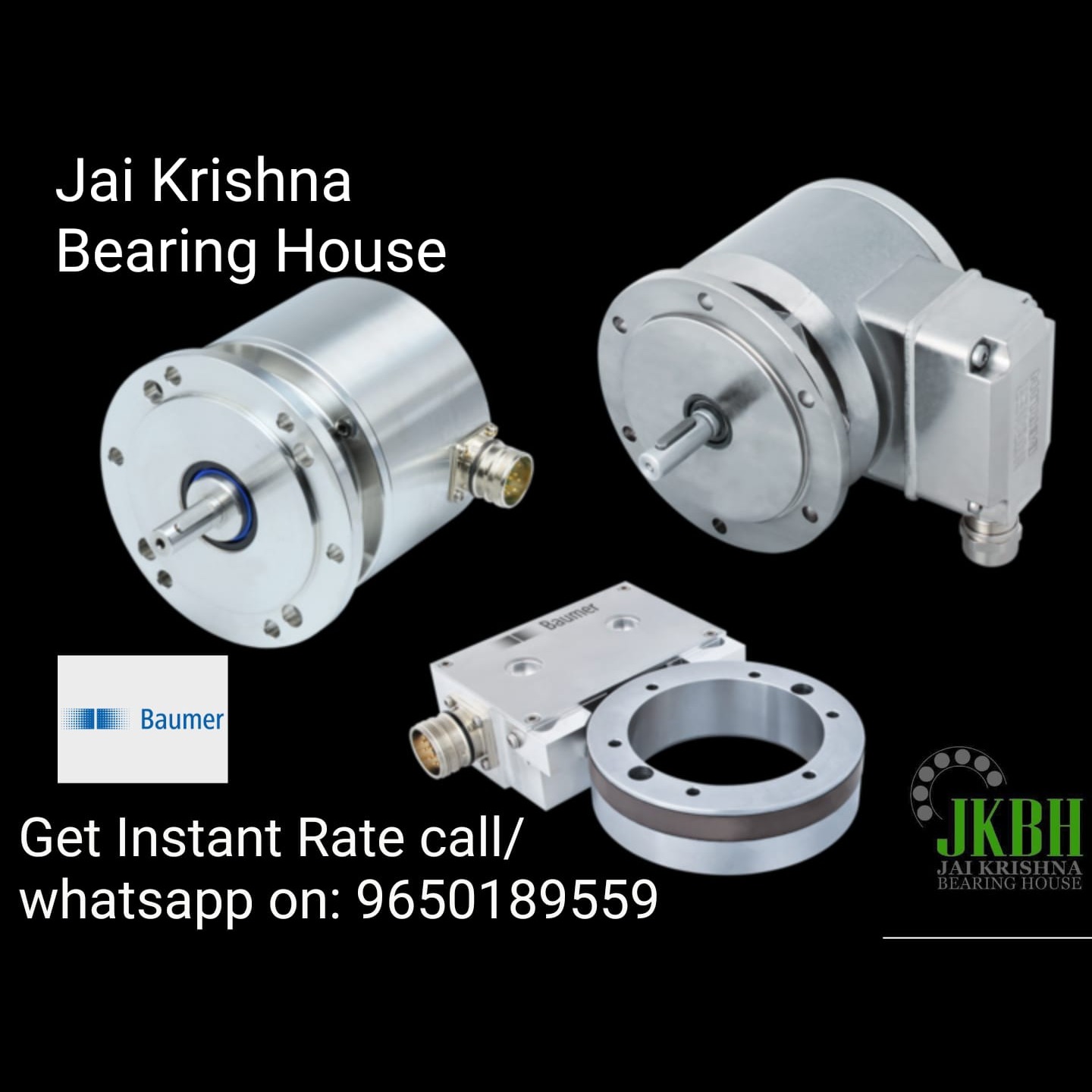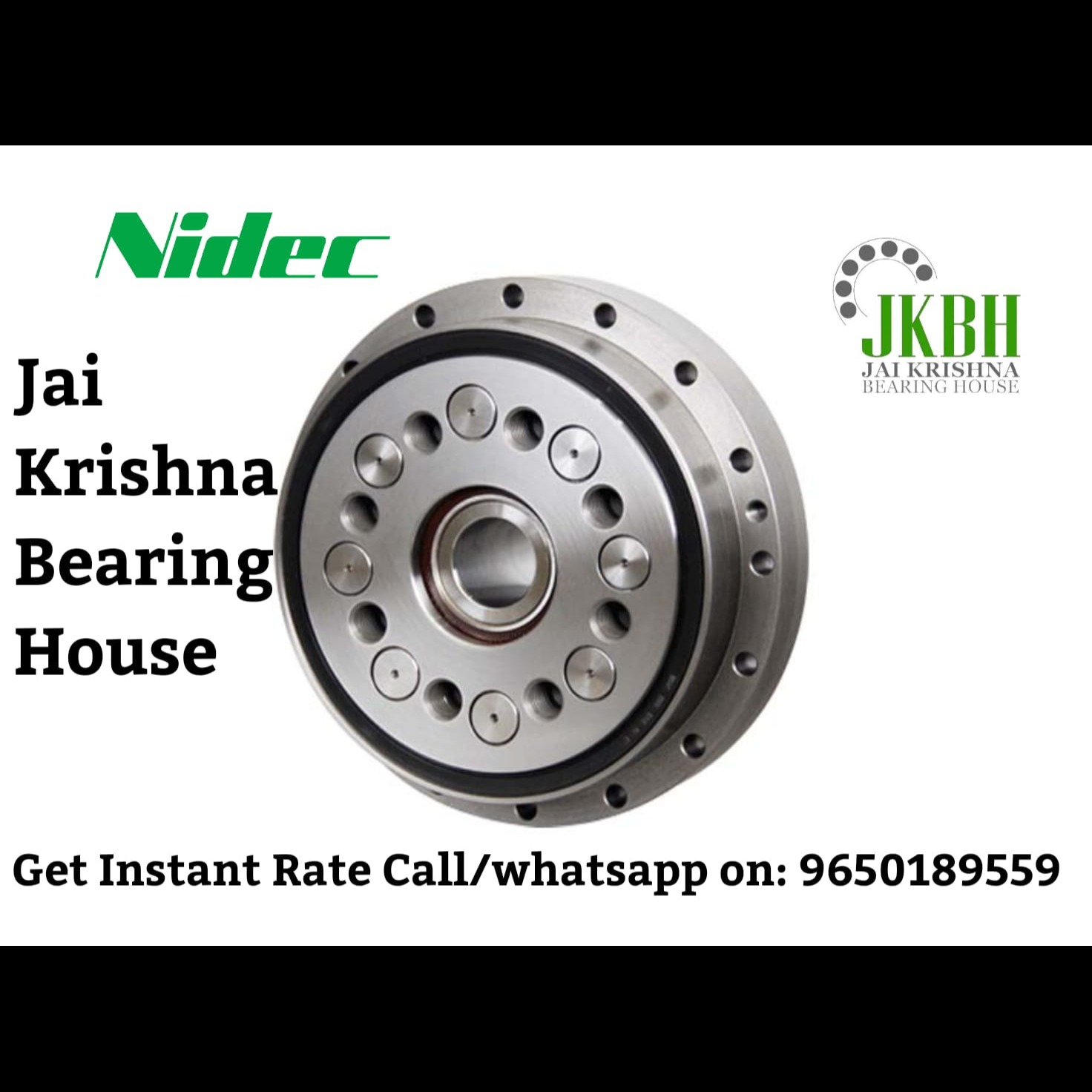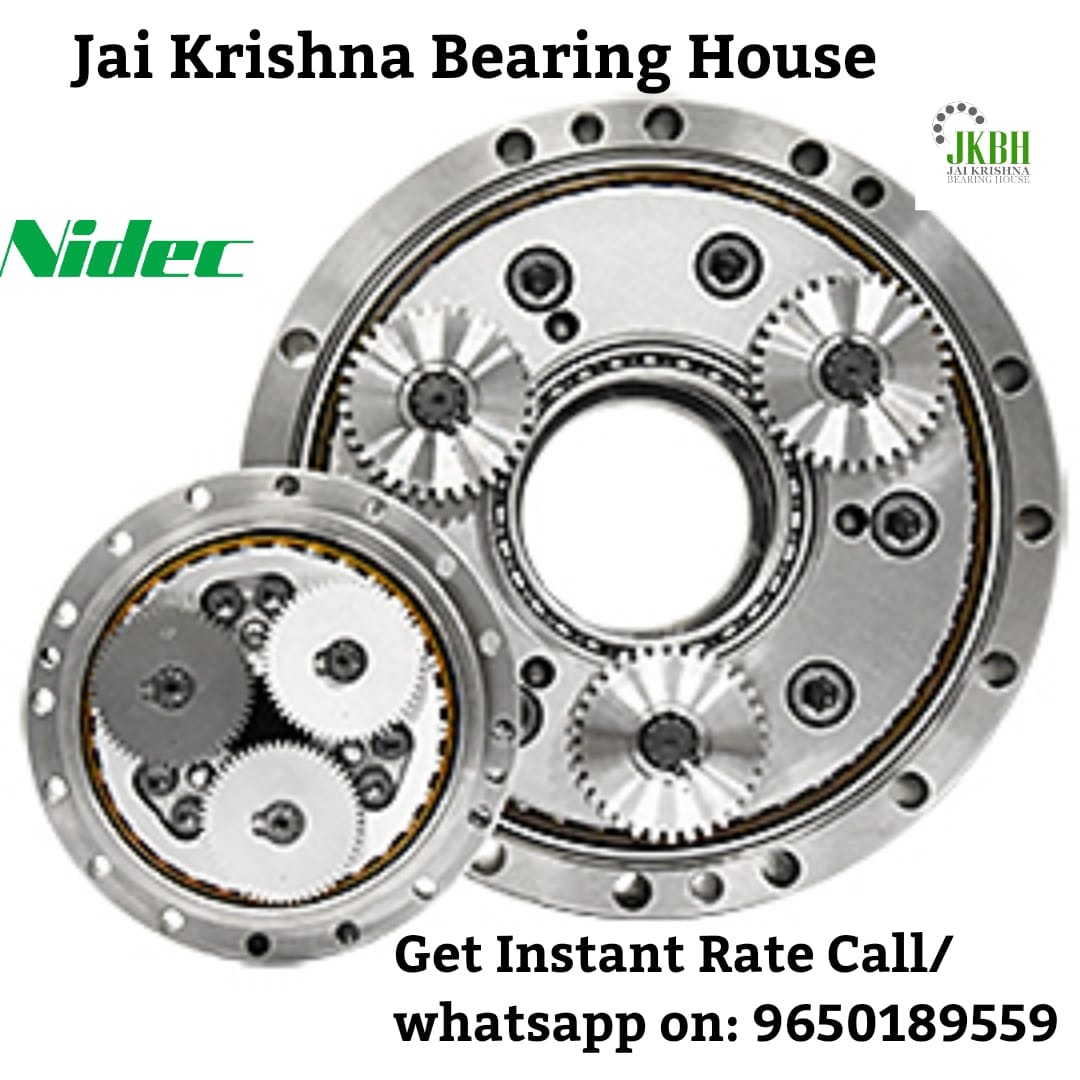
Baumer is known for producing high-quality rotary encoders, which are used for position and speed measurement in a variety of industrial applications. Here’s an overview of Baumer rotary encoders, including their features, types, applications, and selection considerations.
Overview of Baumer Rotary Encoders
Rotary encoders are devices that convert the angular position or motion of a shaft into an electrical signal that can be read by a control system. Baumer offers both incremental and absolute rotary encoders, which are used in various motion control applications.
Key Features:
Types:
Incremental Encoders: Measure the relative movement of a shaft. They provide pulses as the shaft rotates, which can determine position and speed but require a reference point for absolute positioning.
Absolute Encoders: Provide a unique digital output for each position of the shaft, allowing for precise absolute positioning without needing a reference point.
High Precision and Resolution: Baumer encoders are designed to deliver high accuracy and resolution, making them suitable for precision applications.
Robustness: Many models are built to withstand harsh environments, including humidity, dust, and extreme temperatures, making them suitable for industrial applications.
Output Options: Baumer rotary encoders offer various output options, including:
TTL
HTL (Differential TTL)
Fieldbus protocols (e.g., CANopen, Profibus, SSI)
Connection Options: Various connection options are available, including cables and connectors, allowing for easy integration into existing systems.
Customization: Baumer provides customization options for encoders to meet specific application needs, such as housing materials, shaft sizes, or special electrical connections.
Application Areas:
Baumer rotary encoders are used in a wide range of applications, including:
Industrial Automation: In CNC machines, robotics, and conveyor systems.
Material Handling: In packaging and production lines.
Automotive Industry: For position feedback in motors and drives.
Elevators and Escalators: For monitoring the position and speed of moving components.
Processing Industries: In food and beverage, pharmaceuticals, chemical processing, and more.
Selection Considerations:
When selecting a Baumer rotary encoder, consider the following:
Type of Encoder: Decide whether you need an incremental or absolute encoder based on your application.
Resolution: Choose an encoder that provides the required number of pulses per revolution (PPR) or resolution.
Environmental Conditions: Ensure the encoder can withstand the operating temperature, humidity, and other environmental factors.
Output Signal: Select an output that is compatible with your control system (e.g., digital, analog, fieldbus).
Mechanical Fit: Verify that the encoder’s physical dimensions and mounting options suit your application.
Keywords
speed measurement
position feedback
shaft allowing
determine position
shaft rotates
provide pulses
angular position
control system
revolution ppr
required number
encoder decide
drives elevators
wide range
easy integration
connectors allowing
reference point
relative movement
electrical signal
customization options
connection options
output options
industrial automation
humidity dust
selection considerations
resolution making
selection considerations overview
baumer rotary encoder
resolution baumer encoders
application resolution choose
absolute encoder based
withstand harsh environments
unique digital output
industrial applications heres
baumer rotary encoders
mounting options suit
meet specific application
operating temperature humidity
extreme temperatures making
precision applications robustness
features types applications
encoders physical dimensions
absolute rotary encoders
cnc machines robotics
deliver high accuracy
precise absolute positioning



